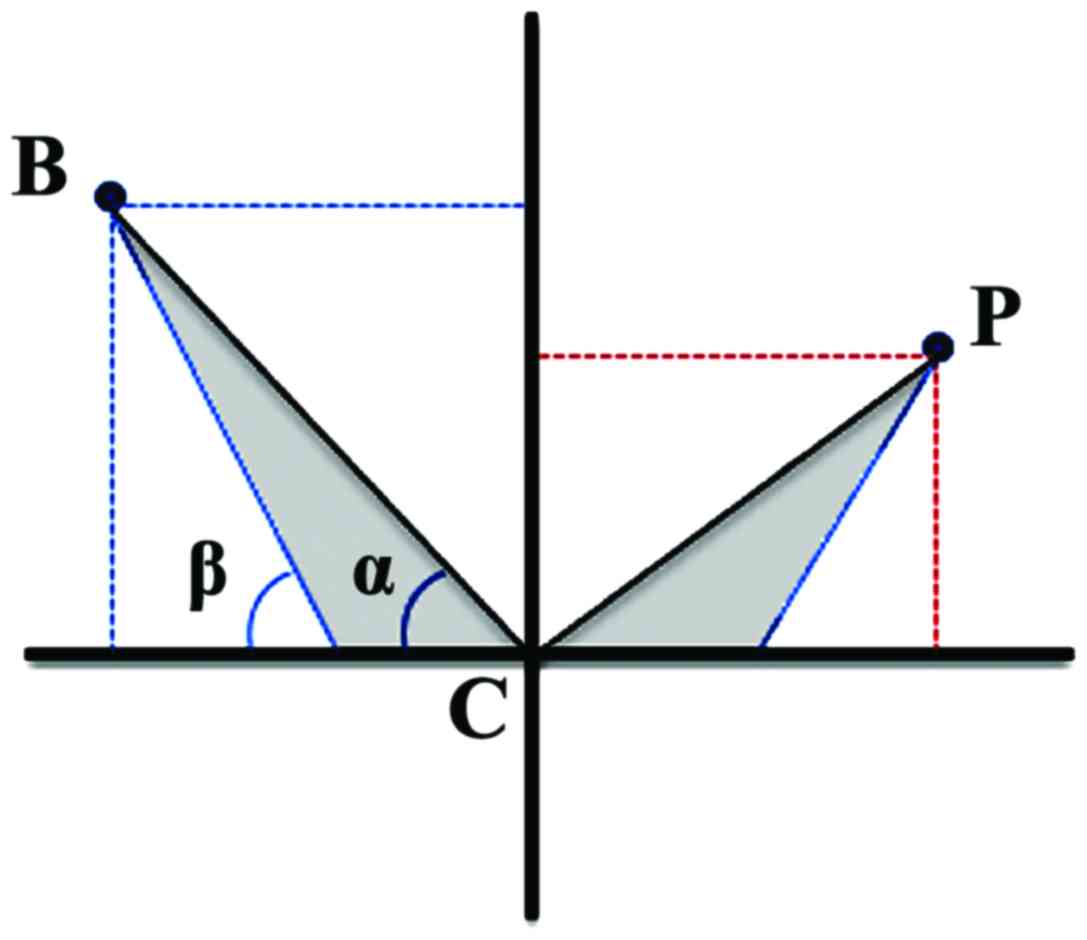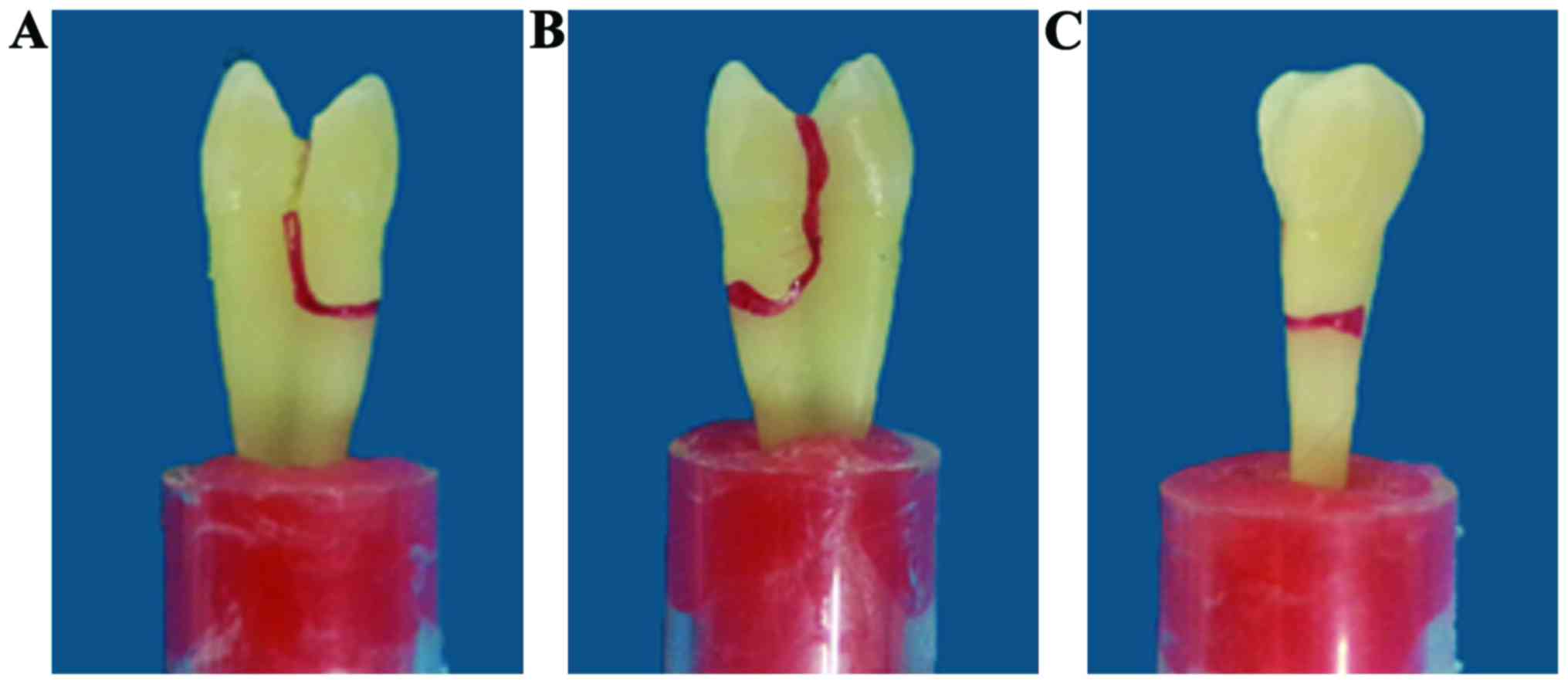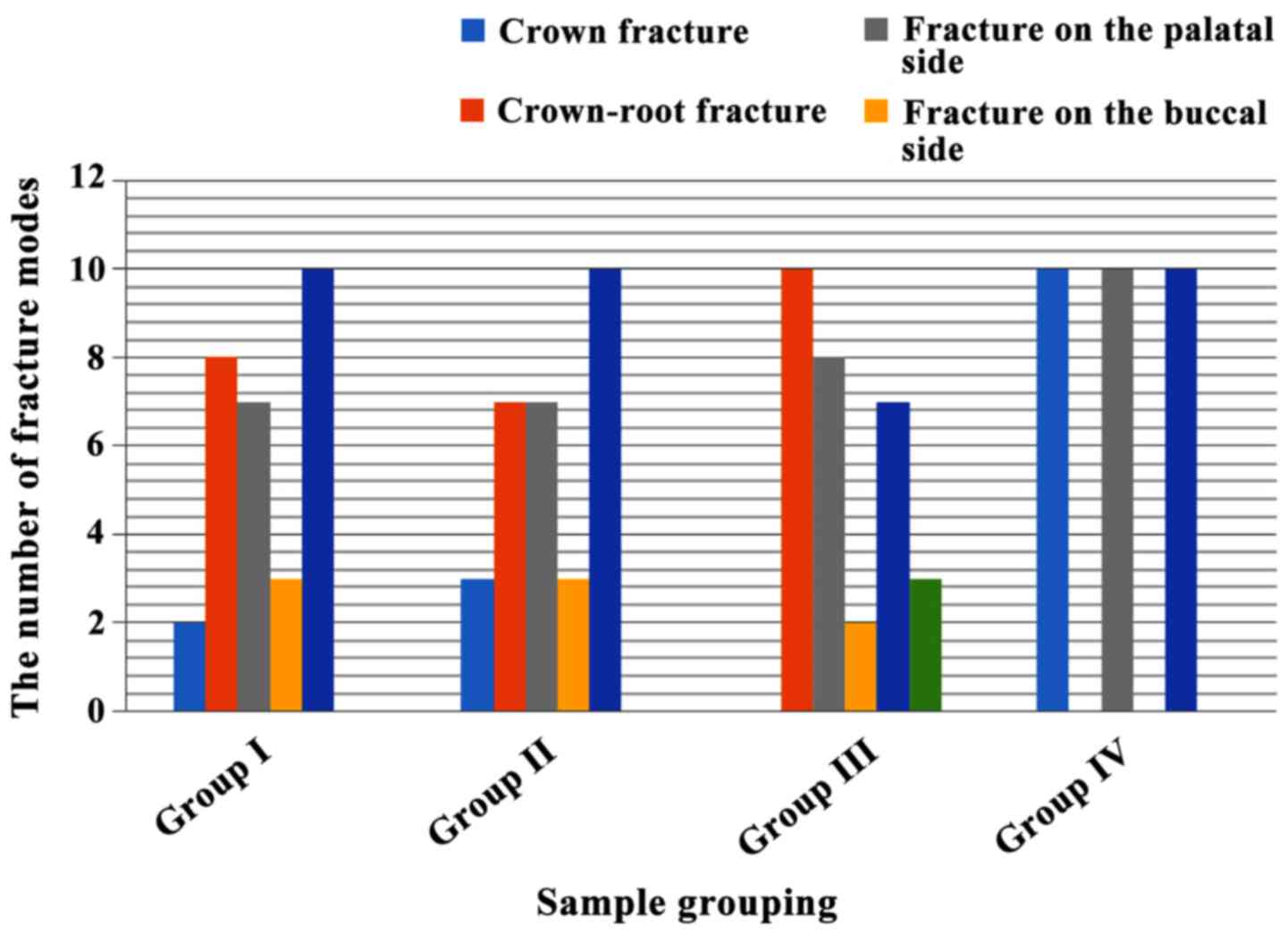|
1
|
DeGusta D, Everett MA and Milton K:
Natural selection on molar size in a wild population of howler
monkeys (Alouatta palliata). Proc Biol Sci. 270 Suppl 1:pp.
S15–S17. 2003, View Article : Google Scholar : PubMed/NCBI
|
|
2
|
King SJ, Arrigo-Nelson SJ, Pochron ST,
Semprebon GM, Godfrey LR, Wright PC and Jernvall J: Dental
senescence in a long-lived primate links infant survival to
rainfall. Proc Natl Acad Sci USA. 102:pp. 16579–16583. 2005,
View Article : Google Scholar : PubMed/NCBI
|
|
3
|
Chai H, Lee JJ, Constantino PJ, Lucas PW
and Lawn BR: Remarkable resilience of teeth. Proc Natl Acad Sci
USA. 106:pp. 7289–7293. 2009, View Article : Google Scholar : PubMed/NCBI
|
|
4
|
Sui T, Lunt AJ, Baimpas N, Sandholzer MA,
Li T, Zeng K, Landini G and Korsunsky AM: Understanding nature's
residual strain engineering at the human dentine-enamel junction
interface. Acta Biomater. 32:256–263. 2016. View Article : Google Scholar : PubMed/NCBI
|
|
5
|
Lee JJ, Constantino PJ, Lucas PW and Lawn
BR: Fracture in teeth: A diagnostic for inferring bite force and
tooth function. Biol Rev Camb Philos Soc. 86:959–974. 2011.
View Article : Google Scholar : PubMed/NCBI
|
|
6
|
Geurtsen W, Schwarze T and Günay H:
Diagnosis, therapy, and prevention of the cracked tooth syndrome.
Quintessence Int. 34:409–417. 2003.PubMed/NCBI
|
|
7
|
Lubisich EB, Hilton TJ and Ferracane J:
Northwest Precedent: Cracked teeth: A review of the literature. J
Esthet Restor Dent. 22:158–167. 2010. View Article : Google Scholar : PubMed/NCBI
|
|
8
|
Kim SY, Kim SH, Cho SB, Lee GO and Yang
SE: Different treatment protocols for different pulpal and
periapical diagnoses of 72 cracked teeth. J Endod. 39:449–452.
2013. View Article : Google Scholar : PubMed/NCBI
|
|
9
|
Lynch CD and McConnell RJ: The cracked
tooth syndrome. J Can Dent Assoc. 68:470–475. 2002.PubMed/NCBI
|
|
10
|
Davis R and Overton JD: Efficacy of bonded
and nonbonded amalgam in the treatment of teeth with incomplete
fractures. J Am Dent Assoc. 131:469–478. 2000. View Article : Google Scholar : PubMed/NCBI
|
|
11
|
Griffin JD Jr: Efficient, conservative
treatment of symptomatic cracked teeth. Compend Contin Educ Dent.
27(93–102): quiz 103. 1122006.
|
|
12
|
Ratcliff S, Becker IM and Quinn L: Type
and incidence of cracks in posterior teeth. J Prosthet Dent.
86:168–172. 2001. View Article : Google Scholar : PubMed/NCBI
|
|
13
|
Geurtsen W and García-Godoy F: Bonded
restorations for the prevention and treatment of the cracked-tooth
syndrome. Am J Dent. 12:266–270. 1999.PubMed/NCBI
|
|
14
|
Chong BS: Bilateral cracked teeth: A case
report. Int Endod J. 22:193–196. 1989. View Article : Google Scholar : PubMed/NCBI
|
|
15
|
Khers SC, Carpenter CW, Vetter JD and
Staley RN: Anatomy of cusps of posterior teeth and their fracture
potential. J Prosthet Dent. 64:139–147. 1990. View Article : Google Scholar : PubMed/NCBI
|
|
16
|
Qian Y, Zhou X and Yang J: Correlation
between cuspal inclination and tooth cracked syndrome: a
three-dimensional reconstruction measurement and finite element
analysis. Dent Traumatol. 29:226–233. 2013. View Article : Google Scholar : PubMed/NCBI
|
|
17
|
Sadasiva K, Ramalingam S, Rajaram K and
Meiyappan A: Cracked tooth syndrome: A report of three cases. J
Pharm Bioallied Sci. 7 Suppl 2:S700–S703. 2015. View Article : Google Scholar : PubMed/NCBI
|
|
18
|
Banerji S, Mehta SB and Millar BJ: Cracked
tooth syndrome. Part 2: Restorative options for the management of
cracked tooth syndrome. Br Dent J. 208:503–514. 2010. View Article : Google Scholar : PubMed/NCBI
|
|
19
|
Bader JD, Shugars DA and Martin JA: Risk
indicators for posterior tooth fracture. J Am Dent Assoc.
135:883–892. 2004. View Article : Google Scholar : PubMed/NCBI
|
|
20
|
Seo DG, Yi YA, Shin SJ and Park JW:
Analysis of factors associated with cracked teeth. J Endod.
38:288–292. 2012. View Article : Google Scholar : PubMed/NCBI
|
|
21
|
Barani A, Chai H, Lawn BR and Bush MB:
Mechanics analysis of molar tooth splitting. Acta Biomater.
15:237–243. 2015. View Article : Google Scholar : PubMed/NCBI
|
|
22
|
Imanishi A and Nakamura T, Ohyama T and
Nakamura T: 3-D Finite element analysis of all-ceramic posterior
crowns. J Oral Rehabil. 30:818–822. 2003. View Article : Google Scholar : PubMed/NCBI
|
|
23
|
Ji B and Gao H: A study of fracture
mechanisms in biological nano-composites via the virtual internal
bond model. Mater Sci Eng A. 366:96–103. 2004. View Article : Google Scholar
|
|
24
|
Padmanabhan SK, Balakrishnan A, Chu MC,
Kim TN and Cho SJ: Micro-indentation fracture behavior of human
enamel. Dent Mater. 26:100–104. 2010. View Article : Google Scholar : PubMed/NCBI
|
|
25
|
Chai H, Lee JJ and Lawn BR: On the
chipping and splitting of teeth. J Mech Behav Biomed Mater.
4:315–321. 2011. View Article : Google Scholar : PubMed/NCBI
|
|
26
|
Turp JC and Gobetti JP: The cracked tooth
syndrome: An elusive diagnosis. J Am Dent Assoc. 127:1502–1507.
1996. View Article : Google Scholar : PubMed/NCBI
|













